Polyester has a DWR face with a PTFE Membrane and Micro Fleece backing. This is a new addition to our Soft Shell technical outerwear. The durable water repellent face will shed rain and snow and the mechanical stretch gives freedom of movement. They are ideal for skiing, snowboarding, winter climbing, cycling and back-country trekking. They are used in jackets, pants, bibs, hats, and gloves.
Polyester has a DWR face with a Weather Guard Membrane and Micro Fleece backing. Point North Profabrics, the UK's largest range of outdoor, technical, marine fabrics, mesh and accessories for making outdoor clothing and equipment. We stock waterproof fabrics in many different weights, colours and coatings allowing you to choose the ideal material for your project. Whether you need lightweight breathable fabric for outdoor clothing, a ripstop nylon to modify your tent or heavy canvas for garden furniture, Point North Profabrics can help. To complete your project we offer a large range of haberdashery and accessories including zipping, thread, velcro, webbing and a huge selection of plastic cordlocks, buckles and rings. Our range of marine fabrics includes UV resistant acrylic canvas, sailcloth, spinnaker and PVC for covers.
Additionally we keep a selection of fasteners and deck fittings, all of which are designed specifically for harsh marine conditions. By the time Gore's primary ePTFE patent had expired in 1997, there were of course many lower-cost hydrophilic based coated fabrics available. Gore was always comfortable with its licensees when they positioned these alternatives at a lower cost and lower performance, of course within their range.
In 1999 a small USA company named BHA group, using ePTFE for filters branched out into textiles. The initial start up was done in Texas, after having hired ex-Gore people. It then moved on to be manufactured in Asia, as the whole of the textile world off-shored. The business model changed at least another twice in order to try and make themselves a competitive in the marketplace. One of these changes was to allow some leading brands to have their products under their own brand name.
One of these was 'Dry.Q' by Mountain Hardware, a company owned by Columbia, who had other subsidiaries with other laminates. Then began a political battle and they referred Gore to the Federal Trade Commission. Most importantly, it makes the painted fabric permanent after washing no matter if you're painting on cotton fabrics, poly-cotton blends or other fabric types. The main ingredients in fabric medium are water-based binders which make your paint more flexible and workable no matter the fabric use. It will easily interlock between the fabric fibers to make a web of paint that won't crack or flake off on most fabric types. Also, fabric medium helps to retain the depth of pigments so you can enjoy the same vibrant colors even after several washes.
1-48 of 266 results for leather jacket waterproofing spray Price and other details may vary based on product size and color. Go with an acrylic copolymer spray for a more flexible treatment that penetrates the leather to create a microscopic net that is porous but water-resistant. Choose a silicone polymer leather waterproofing spray if you have a napped leather jacket made of a material such as suede or nubuck. Most commonly you'll find acrylic fabric used in clothing . For instance, sweatshirts and hoodies, jackets, athleticwear, and even some protective equipment and clothing will contain acrylic fabric because it's durable, rugged, and warm. In fact, acrylic is considered one of the least breathable types of fabrics in the world, which makes it perfect for retaining heat.
For this very reason, it's commonly used in sweaters, boot linings, hand gloves, and much more. For the best results, you need to clean the surface and apply a primer before painting. When it's dry, you can seal the surface following the direction on the bottle. You may also want to finish with a waterproofing spray for added moisture resistance. If you want to dye fabric, one of the easiest ways is with acrylic paint and fabric medium as opposed to more expensive enamel fabric paints. This method of coloring fabric doesn't work well to achieve dark colors but is great for watercolor-like effects and tie-die.
Simply mix 1 part acrylic paint, 1 part fabric medium, and 7 parts water. Let the paint soak into the fabric for two hours in the acrylic paint wash, wring out any excess water and hang the wet fabric up to dry. Use can also you this same mixture in a spray bottle to create a sprayed-on effect that will give you better results than fabric dyes. However, outdoor acrylic paints have excellent UV protection, meaning the sun won't destroy your art over time.
This is the key difference between outdoor acrylic paint and other options — it's more resilient to both weather and UV rays. However, it's no replacement for properly treating your paint project. If you are looking for an outdoor acrylic paint, I recommend Magicfly's 30 color set. In other words, if you don't properly finish your paint project with an outdoor acrylic paint sealer, the paint will wash off when exposed to the elements. While the paint might stick to your painting surface, if it's exposed to water before it's completely dry, the paint will wash off.
PUL is a polyester fabric with a plastic backing coated with a thin waterproof /water resistant coating. Additionally, acrylic fibers have really good moisture wicking properties. They are often spun together with natural wool, in order to increase the water resistance of the wool. And that's why most acrylic products you see are garments for cold and wet weather – the properties of the material thrive in those conditions. Krylon's clear acrylic coat is smudge-proof and moisture resistant. You can use just about any fabric with acrylic paint and fabric medium but you want to pick something fairly durable so it holds up to washing.
I like to use upholstery fabrics and you can find small amounts for paint projects like this in the fabric links in the supply list above. Sometimes fabric stores will have bins of materials that are samples. Depending on your project size, you might be able to score some really nice upholstery fabric this way. Waxed canvas is a densely woven cotton fabric coated with paraffin-based wax; it has a rugged weathered attractive appearance due to the creases and folds of wax on its surface. Canvas itself maybe water resistant to a degree depending on its weave density but the coating on it adds water proofness. Polyurethane coated fabric has coating of PU on one side of the fabric, as with an acrylic coating.
The PU coating tends to be a bit thicker than an acrylic coating and looks slightly duller. It appears that PU coatings are more expensive in practice - although this may be influenced by the obvious fact that a thicker layer needs more polymer. Normal use of a PU-coated fabric puts the coated side on the 'inside' and leaves the fabric on the outside. This protects the PU coating from UV and abrasion, but it also means that any rain can soak into the exposed fibers on the uncoated, exterior side. This makes drying a long process, as that water can only dry out of those fibers as fast as it can evaporate from the fabric surface. Also, acrylic is used in outdoor gear to a degree, it's just not the main material.
You will have it in the lining of your boots, in your favorite warm gloves, and even tracksuits, if that's your preferred choice of hiking uniform. If you accidentally get acrylic paint on fabric like your clothing, it will most likely come off in the wash. Acrylic paint becomes more permanent on clothes with a little bit of help. You can mix the paint with special additives like a fabric medium to make it more permanent and finish off the project by heat sealing the paint with an iron to help it last. The outer layer of Gore-Tex fabric is coated on the outside with a Durable Water Repellent treatment.
The DWR prevents the main outer layer from becoming wet, which would reduce the breathability of the whole fabric. However, the DWR is not responsible for the jacket being waterproof. This might give the appearance that the fabric is leaking, but it is not. Wear and cleaning will reduce the performance of Gore-Tex fabric by wearing away this Durable Water Repellent treatment.
The DWR can be reinvigorated by tumble drying the garment or ironing on a low setting. One of the lightest filling materials you can go with is Thinsulate™, which is crazy because it is also very warm. If you see somebody with a light looking jacket on in the middle of a snowstorm and they aren't shivering, it's most likely filled with this kind of material. Thinsulate™ is a 3M product made with tiny polyester fibers that are super dense but, because of their size, are able to be woven with barely any gaps between the fibers. It can be a more expensive coat technology, but worth every penny.
You can apply acrylic paint directly to the fabric, but if you don't use a medium or heat set the paint, consider hand washing and air drying the clothing. Following the proper steps should extend the life of your design. Grease-based or wax-based products are more protective but not recommended for jackets due to their potential effect on color longevity shine and smell.
Is Acrylic Clothing Waterproof They are often not recommended for full grain leather because they are reported to dry out the protein bonds in it. Unlike silicone sprays acrylic copolymer sprays wont leave your jacket slippery either and you dont have to worry about discoloration. Gore-Tex materials are typically based on thermo-mechanically expanded PTFE and other fluoropolymer products.
They are used in a wide variety of applications such as high-performance fabrics, medical implants, filter media, insulation for wires and cables, gaskets, and sealants. However, Gore-Tex fabric is best known for its use in protective, yet breathable, rainwear. The filling of a coat can range from heavier fabrics like polyester to lighter materials such as down and synthetic down.
Real down coats, filled with duck or goose feathers, offer one of the warmest lightweight fillings out there. However on the negative side, they aren't waterproof and can take forever to dry. There are waterproof treatments for down but they are not always 100% effective.
Down is a finicky material; however, it is worth any downside when you're walking against a winter wind. Once the acrylic fiber is washed, dried, and cut, it is ready to be spun into thread. The threads are then woven into fabric, with acrylic fabric as the end result.
It's common that acrylic fiber and acrylic threads be woven with other types of fiber to create what's called a 'blend'. This is usually done as a cost cutting measure, since synthetic fibers are often cheaper than natural fibers. So if you see a shirt advertised as a 'cotton-blend' or 'wool-blend', it isn't just cotton or wool, there's another fiber in the mix. Acrylic and polyester are both made from plastic and are synthetic materials, although polyester is petroleum-based.
Acrylic is even warmer and easier to dye, while polyester has better overall durability, longevity, and performance. Hydro-static performance and delivers unsurpassed water repellency, mildew and oil resistance without relying on environmentally unfriendly coating compounds. WeatherMAX 65 has anti-microbial properties and a minimum UV resistance of 1000 hours but only weighs 6.5 oz./sq.
Yard due to the use of a filament rather than a spun yarn like acrylic fabrics. Excellent for anything from horse blankets to tough outerwear to marine grade tarps. 100% nylon tightly woven fabric made from a very fine filament. This outerwear fabric for sale has a durable water-resistant finish to repel rain. It has wicking capabilities to keep you cool in the summer.
This fabric travels well and is excellent for all outerwear projects. The stout 2-ply hi-count nylon weave of this versatile fabric makes it useful for anything from skiwear and wind shirts to hiking and surfing shorts. Remove any debris or dirt, and apply the sealer based on the directions. Make sure you cover the edges and the entire painted surface. Allow the first coat to dry, then add a second coat if needed. There are many products you can use to seal or add a protective layer over your acrylic painting.
However, the sealer you choose depends on the surface you're painting. You can use a clear topcoat or varnish, depending on your project. The type of sealer you use varies based on your paint type and the material you're painting. Wool comes from sheep and other animals such as goats , rabbits , and muskoxen .
Lightweight yet durable, wool also has air pockets throughout which provides natural insulation to coats and jackets. Wool is also water-resistant, which makes it an ideal material to keep you warm and dry during the cold, snowy winter months. There are several fabric mediums on the market but the Delta Fabric Medium is the only one that can be mixed with any brand of acrylic paint. Paints mixed with the Delta Fabric Medium hold up to washing time and time again.
Also, I haven't seen any color fading as the medium is very opaque. Last it makes the painted area very soft, almost like the painted portions are just part of the fabric. Also, the medium makes your acrylic paint more workable – by this, I mean that it makes the dry time a little longer. Acrylic fabric is best described as fabric woven or knitted with acrylic yarns. As a synthetic fabric, acrylic is not something that comes from the natural world. Instead, acrylic fabric produced artificially through a synthetic polymer known as acrylonitrile.
Acrylonitrile is derived from petroleum or coal-based chemicals and synthesized to for acrylic resin pellets. This resin is formed into pellets and extruded through a shower like device known as a spinneret. The spinneret makes continuous filament acrylic fibers that are then spun into yarn. The yarn can then be woven or knitted into textiles for various uses. Because of its water repellent quality, it is frequently used to make cloth diaper outer layers. With a specially applied water-repellent coating, you can make fleece more water resistant than it is originally.
This is a sturdy lightweight wind-resistant fabric made of nylon fibres – after it is given a waterproof coating it is unstoppable as a rough and tough fabric. Today with waterproof, water resistant, tear-free qualities it is used for making tents, garden furniture coverings, waterproof clothing, backpacks, kites, and workwear. Because of its water-resistant properties, most 100% polyester coats are made into trench coats and windbreakers or something similar for wet and rainy weather.
It's a lighter material and quite comfortable as it conforms easily to the fit of the wearer. Technically, the 'silnylon' fabric is 'double-coated'. That is, a coating of silicone polyer has been applied to both sides. Well, fair enough, but there is a huge difference in the result between PU and silicone coating. The PU coating sits on the surface of the fabric, but the silicone polymer goes right in. As far as I can see the silicone polymer completely permeates the fabric fibers and forms a layer right through the fabric.






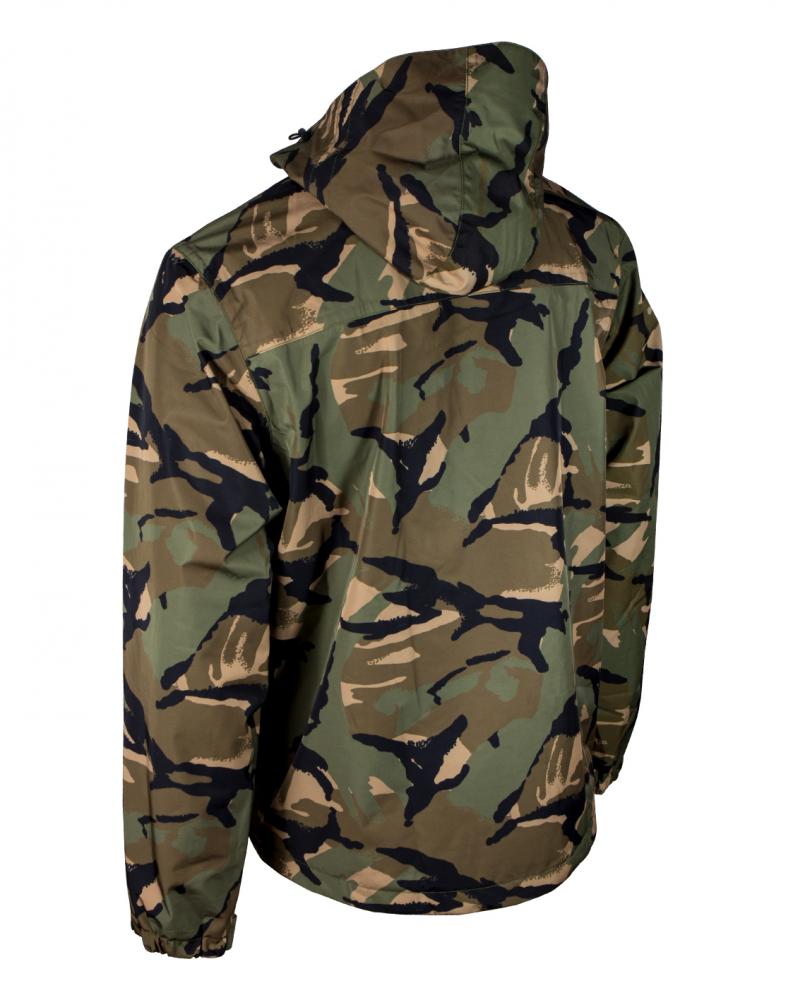













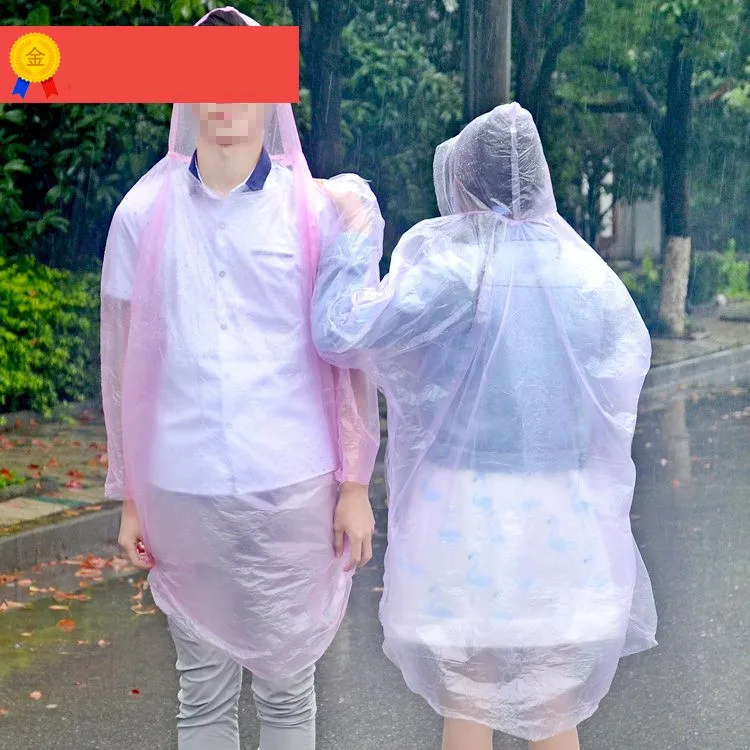


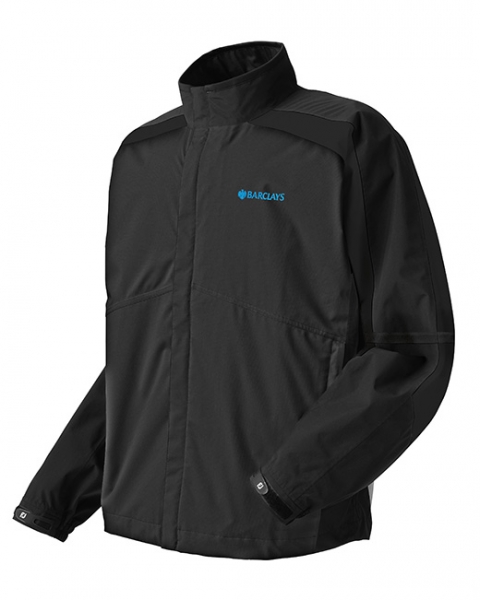
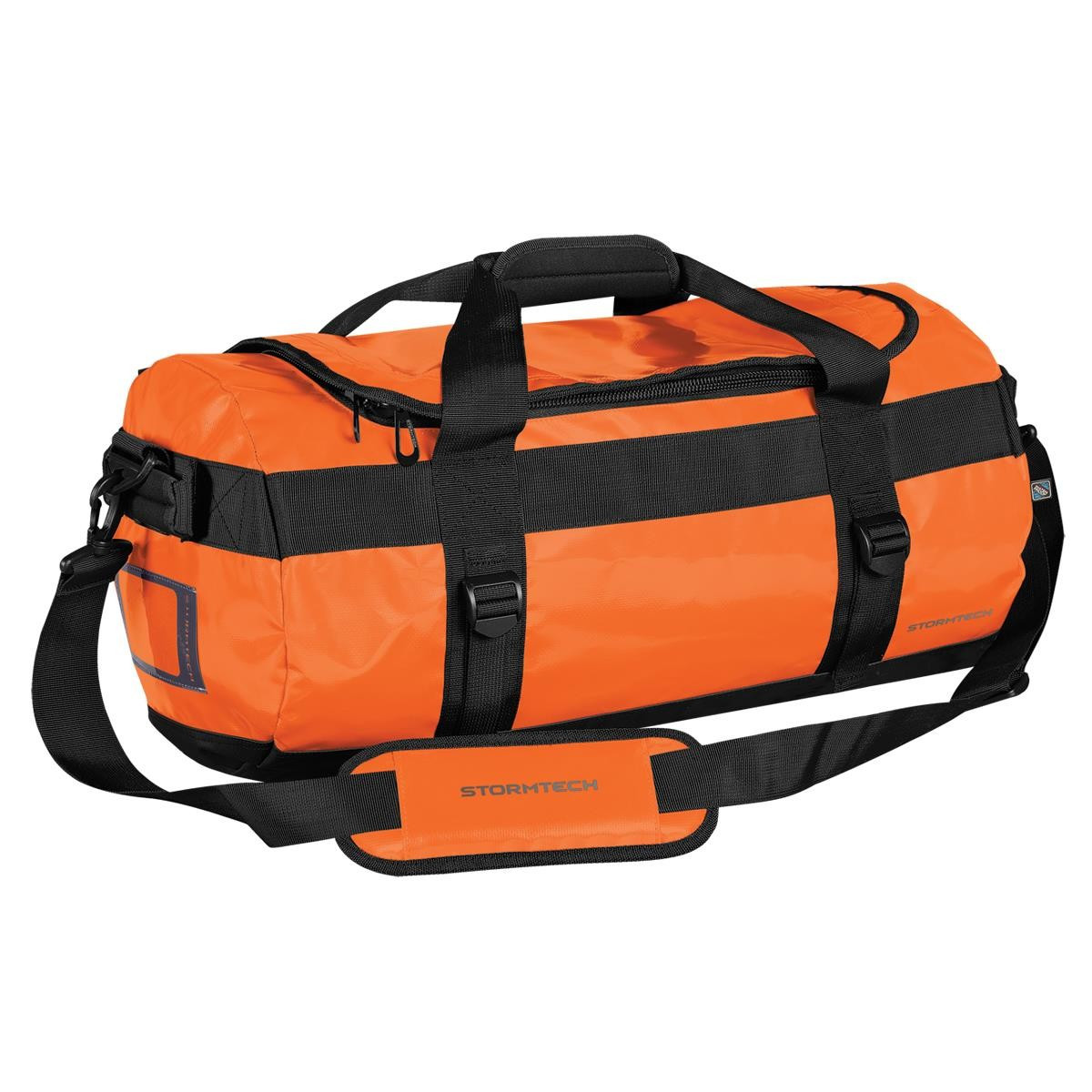
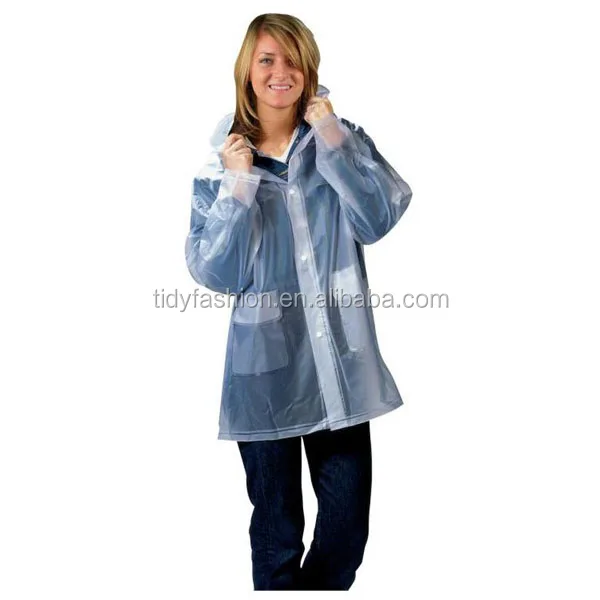
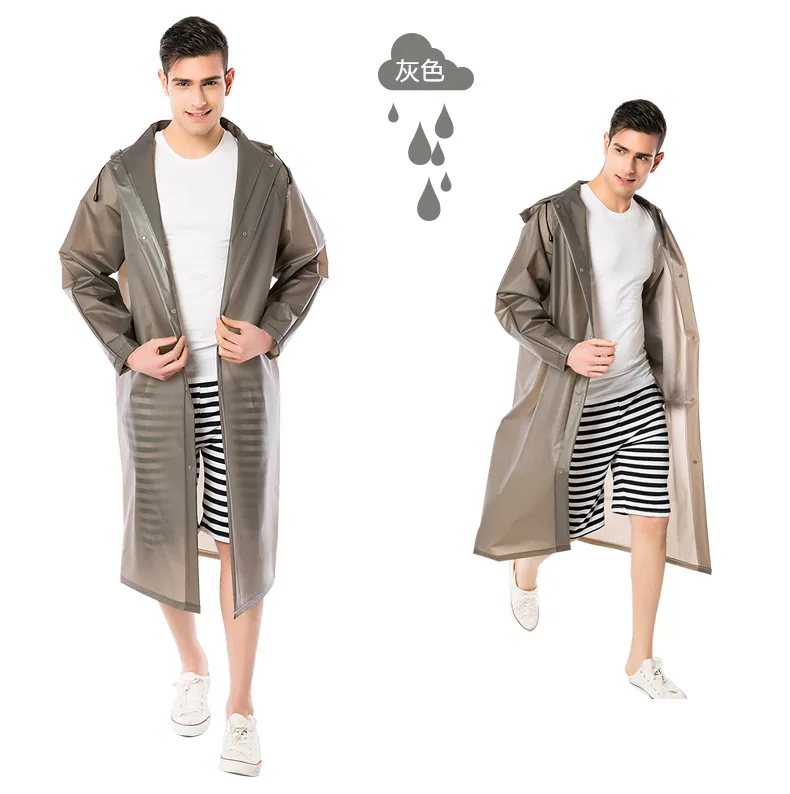

No comments:
Post a Comment
Note: Only a member of this blog may post a comment.